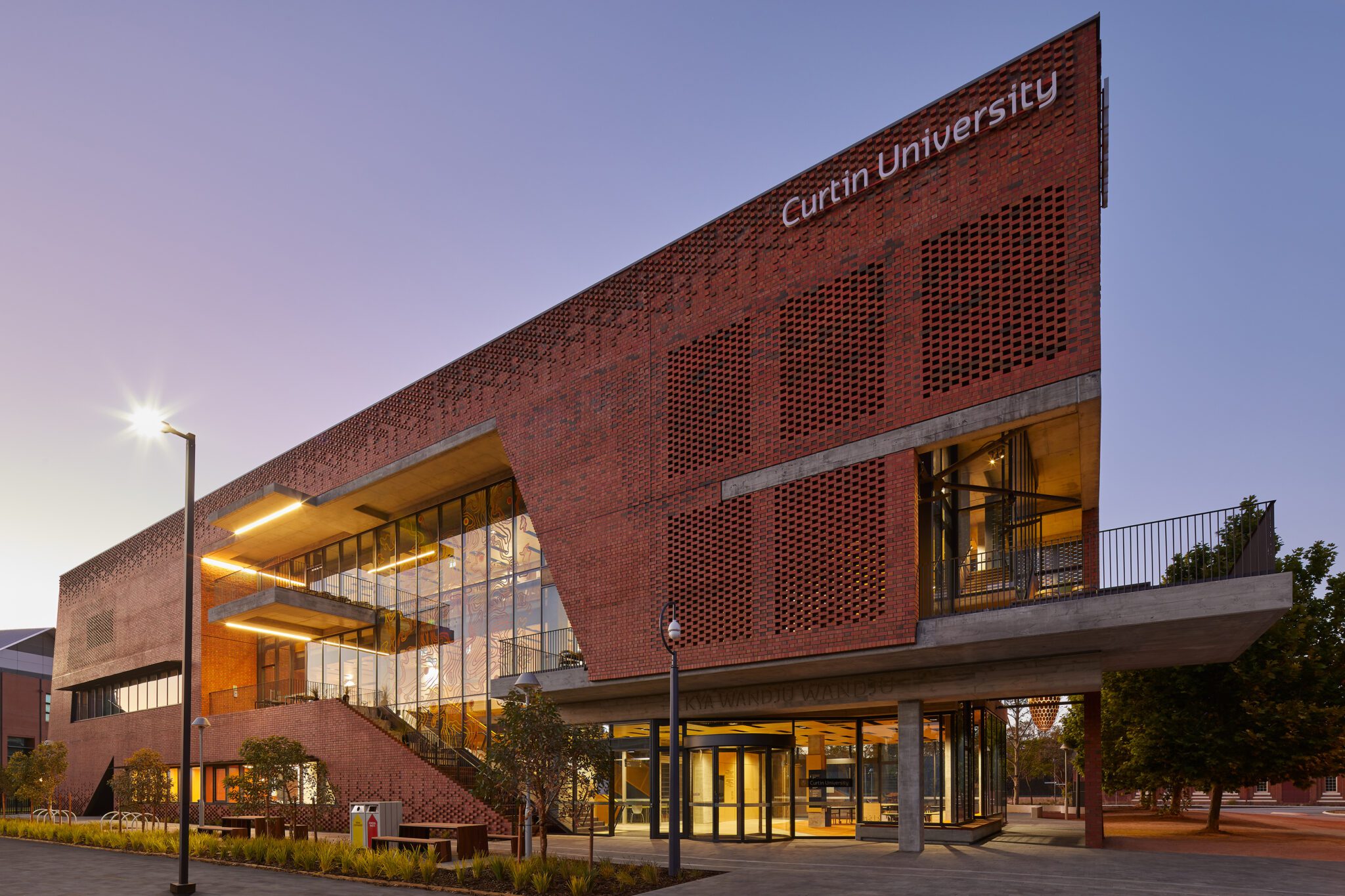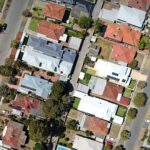Curtin University research projects have won more than $5 million in combined Australian Research Council (ARC) funding, for projects covering space science, economics, energy science and more.
Seven researchers received prestigious Discovery Early Career Researcher Awards (DECRA) to investigate a broad range of topics including black holes, home ownership, green hydrogen and artificial intelligence.
Professor Katy Evans, from Curtin’s School of Earth and Planetary Sciences, will also lead a diverse research team in bringing a crucial piece of research equipment to Western Australia, after securing more than $1.5 million in funding through ARC’s Linkage Infrastructure, Equipment and Facilities (LIEF) scheme.
Curtin Deputy Vice-Chancellor Research Professor Melinda Fitzgerald congratulated the Curtin recipients, adding the research projects showcased many aspects of the University’s research strength.
“From advancing clean energy and AI-driven infrastructure to tackling major challenges in housing, recycling and our understanding of the Universe, Curtin is focusing on research which has the potential to have global impact,” Professor Fitzgerald said.
“The DECRA projects are spearheaded by early-career researchers and demonstrate Curtin’s commitment to fostering our most promising emerging talents, while the LIEF funding will help dramatically enhance WA’s research capability for years to come.
“These researchers are advancing knowledge in ways that will deliver real benefit and we are incredibly proud of their achievements and the significant impact their work will have.”
Summaries of Curtin’s successful projects can be found below.
Discovery Early Career Researcher Awards (DECRA) projects:
Dr Jacob Martin – Carbon nanoparticles: a blessing and a curse for hydrogen production
Tiny carbon particles form when methane is turned into clean hydrogen. These particles can be useful, but when they build up inside reactors, they slow hydrogen production. This project will uncover how these particles start and grow, to help design better catalysts and reactors to make hydrogen production more efficient.
Dr Christopher Phelps – Passing the Keys: Homeownership Across Generations in Australia
This project explores how owning a home is transferred between generations, including help from parents (“the Bank of Mum and Dad”) and an emerging role for grandparents. It will examine how common this support is, why families provide it, and how it affects inequality. The research will give clearer insights into how housing wealth shapes people’s life chances, helping guide future policies.
Dr Jinyang Zhang – Recovery of rare metals from e-waste through mechano-electrochemistry
Only a third of Australia’s electronic waste is currently recycled, meaning valuable materials are being lost and harmful waste is going to landfill. This project develops a new method to recover rare metals and plastics from e-waste in a single, efficient process to improve understanding of how to recycle these metals effectively to reduce environmental impacts, cut mining needs and improve community health.
Dr Kristen Dage – Where Are All Our Intermediate Mass Black Holes? How do galaxies grow?
Scientists believe medium-sized black holes should be common, but very few have been found. This project will use new observatories to search for signs of these black holes in 300,000 nearby star clusters. The work will help confirm – or challenge – a major theory about how galaxies and the Universe grew.
Dr Qilin Li – Next-Generation Agentic AI System for Intelligent Infrastructure Monitoring
An advanced AI system that can automatically monitor and assess infrastructure such as bridges and buildings by combining sensors, simulations and language-based reasoning could detect problems early, analyse risks in real time and make decisions without constant human input. This would improve safety, lower costs and help Australia lead in AI-enabled engineering.
Dr Janne Liebmann – Mining Earth’s Memory – From Crustal Thickness to Mineral Prediction
This project will map how Australia’s crust thickness has changed over millions of years, a key factor in how minerals form. The team will develop a tool to track past crust thickness and create Australia’s first deep-time crust model. This will help identify areas likely to contain minerals and lowering exploration risks.
Dr Hoa Bui – Nonlinear scheduling optimisation for green hydrogen production
How green hydrogen plants schedule their operations could help them run more efficiently and at lower cost. Because these optimisation problems are large and complex, this project will create advanced algorithms to solve them and help identify the best strategies for Australian hydrogen production and advance key areas of research.
Linkage Infrastructure, Equipment and Facilities (LIEF) projects:
Professor Katy Evans; Professor Debbie Silvester-Dean; Associate Professor Nicholas Timms; Professor Benjamin Mullins; Associate Professor Bogale Tadesse –
A next-generation electron microprobe for Western Australia.
This project will establish a new world-class facility in Western Australia, providing researchers across the earth, health and materials sciences and beyond with local access to a next-generation electron microprobe. It will be hosted and managed by the John de Laeter Centre at Curtin’s new, purpose-built Future Science building expected to open in 2027.



